
17 minute read
SpringLake Angus
by Tim McCray, Tim@ABPmag.com
- An Accidental Legacy -
The Legacy of Rito 707 & 7075 is well established in the herd at SpringLake Angus in Lynch, Nebraska. It is probably Delbert Timperley’s luck that he had purchased a 707 son in the late 60’s from a breeder in Iowa, which set SpringLake Angus on its path. His son, Gene Timperley, his wife Kelcey, and their daughter Teal, make up SpringLake Angus today. It’s probably Gene’s legacy that built the SpringLake Angus Center. It was that Center that also served as the inspiration for this article. But it turned into so much more... I was shocked that nothing had been written about this family, so I feel it necessary to at least acknowledge its start and give a very brief account of their history. Delbert Timperley met his wife MaryLee while she was renting from his brother, and working as a teacher at their rural school. They were married in 1945 while Delbert was home on leave before being deployed to Japan.

Delbert & MaryLee Timperley
His unit was one of the first to occupy Japan at the end of WWII. There was no time off back then, so when you came home you just went back to work. When Delbert returned, he planted corn and continued his chores with his herd at their home on the family farm in Stanton County Nebraska. They had a small commercial herd and some Herefords at the time, and Delbert also owned and ran a service garage from the farm. Being born into a family of “The Greatest Generation” has its rewards, and as some might say, its punishment. If you choose to look at work rather than play as punishment. To a child it is anyway. But those children are taught a good work ethic at the same time. A work ethic that also transfers to the next generation (hopefully). But of course hard work has its own rewards. One of Gene’s earliest memories was around the time he was four years old. Not yet able to walk through the snow on his own, his father would carry him to the tractor. It was Gene’s job to hold the steering wheel straight so that Delbert could be on the feed wagon throwing bales. “I was too small to sit on the seat, so I stood to the side and did the best I could to keep those wheels straight” Gene recalls. “Then when it would be time to turn around, Dad would jump off the wagon and hop back into the driver’s seat to turn us around.” A few years later, Delbert would buy a few registered Angus as he was getting tired of de-horning the
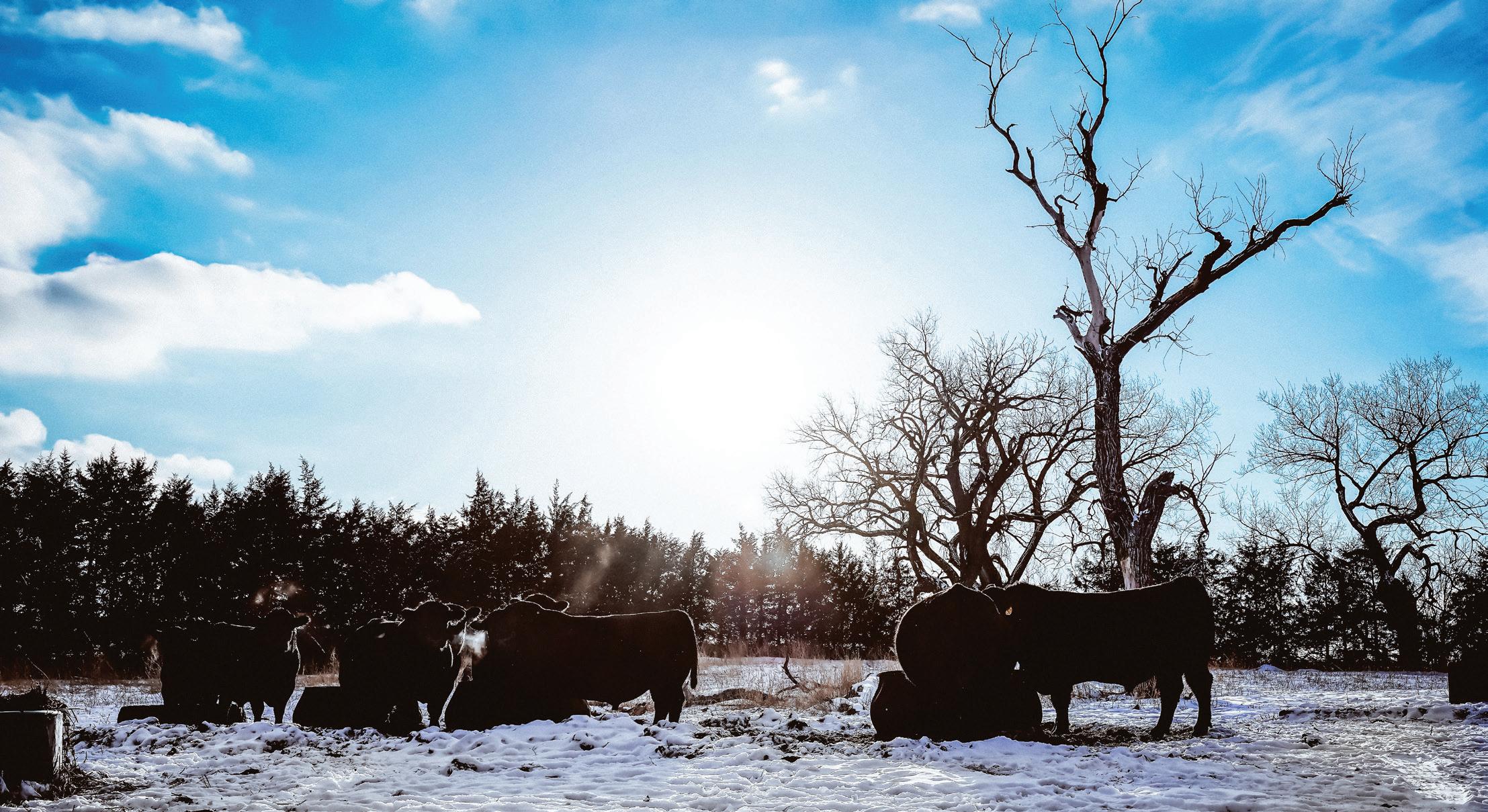
Herefords. That, you could say, was the birth of SpringLake Angus. Another memory that Gene offers up is of feeding the cattle after school until his dad could get there to help him. “Sometimes, if Dad was busy I’d have to do my best to feed the cows, until he could get there. I was about 10 years old, and everything was done by hand. I also was pretty small for my age, so I just kept throwing feed and trying to stay ahead of the cattle, which I could never do. But I tried my best until he would get there to help out. Though I never knew when that would be – could be a couple of hours.” The Herd contained quite a bit of the Blackbird bloodline. They also used a lot of Rito 707 in the beginning and bought a son in Iowa shortly thereafter. Then the herd grew, with the help of that son - and Delbert’s as well.
Gene Timperley marches to his own drum. A drum that he has been beating since the early 60’s. He doesn’t chase fads, isn’t concerned with epd’s or the market of this year’s best bulls as much as he is about carcass data, and the flavor of the end product. He’s also one of the few to raise his hand and ask questions that makes some people uncomfortable. “How do they hang?” “Can you tell its Angus on the hook?” Last year, 89% of his cattle hung prime, and the other 11% choice. The yield of which was 72.15%. He also admits that number isn’t accurate, because of the fact that the FDA lowered its criteria for Prime back in the 80’s. It’s questions like “why did we have to lower the criteria for Prime beef?” that sets him apart from the crowd that is usually just looking at numbers.
THE DRUMMER
There are a few uncommon surprises about Gene Timperley I found as we were discussing his life. Amateur boxer, drummer, band leader, inventor, and most recently a busy club owner. He likes to say he’s “been in Angus my whole life, except for two years that I worked as a professional musician.” He began playing drums in a family band at the age of 10. Shortly thereafter he was performing in front of an audience. Around the time he turned 20, there was a national talent search audition held near him. He explains “it was kind of a bucket list item to try out. Just to see if I was good enough to make a living as a musician.” Quite literally, “One day I was driving a tractor down main street in a protest for the NFO, the next day I was rehearsing with the Terry & Lydia Edwards show” for a US tour. He then spent the next 2 years traveling the US playing shows all over from Nashville to Lake Tahoe.
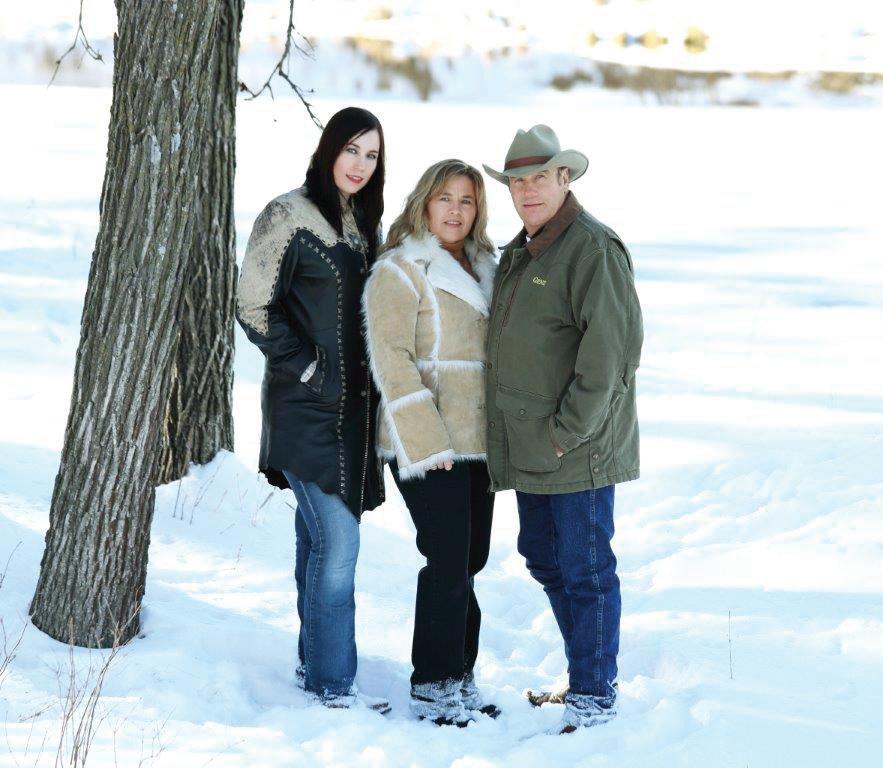
Teal, Kelcey & Gene Timperley
“That [Being a traveling musician] is a hard life. Ranching is hard too, but that’s hard in a different way.” Gene described talking about his life as a drummer. “For the 4 or 5 hours that you’re on stage, everything’s great. Your taxes, your marital problems, your bills, are all gone, you’re there to entertain.” Then when the audience leaves, all those problems come back, it’s very addicting. On top of that, there are promoters who don’t want to pay you, drug dealers, pimps and the sort of people you don’t like doing business with. So after a few years of traveling, playing hotels, night clubs, beautiful halls in Vegas and elsewhere, Gene decided he’d had enough and returned home to SpringLake Angus. “I didn’t get paid for working on the ranch” Gene tells me quite a few times. “That was just an expectation that my Dad had. I got a percentage of the herd, but I didn’t get paid.” Although his father explained that if Gene needed money, he didn’t care what he did after his work on the ranch was finished. Shortly after his return from touring, the stage called him again. This time it was in the form of an old classmate that wanted to form a band. Redeye began as a 3 piece band and played just about every weekend. But the Angus always came first, he insists. Redeye grew in both popularity and size for the next twenty years. They managed to release a CD, and they played their final show on New Years Eve 2000. In 2011 Redeye was inducted into the Nebraska Music Hall of Fame. “I never intended to play so much when I came off the road and quit traveling,” Gene said. “We just kept getting calls” and the demand was high for live music in those days.
THE FAMILY
After his “retirement” from the road, (and returning to SpringLake Angus) Gene also began raising a family of his own. His son Kiel was born in 1982 and then in 1986 he married Kelcey who came with her daughter Kodi into the family. They also started a hunting club as another revenue stream during this time frame. “The band & the hunting club really helped pay the bills for us back then” Kelcey tells me. “In fact, it was Kodi who told me about the hunting club in the first place”, as I spoke to her from her own beauty shop in McCook. It was the kids job to raise the pheasants, quail, chukars, and Canadian geese for the hunting club. Gene: “there were many times where the hunters would be waking up, drinking their coffee and I would be pulling in from playing in the band the night before. Gene would tell them “Give me 10 minutes to change into hunting clothes, and I’ll take you out to the blinds.” Yeah, that probably still explains his lack of sleeping. Kiel, who now lives in Denver (and a little more difficult to track down) spoke of the memories of his father converting an old school bus to a band bus, with space for gear in the back and couches and chairs in the front for band members and guests. They both mention a 200 foot water slide that Gene had back in Stanton. Gene had set up a pump to get water from the pond to the top of the slide. Kodi mentioned that you had to go down head first, because if you tried sitting up, when you hit the surface of the water at top speed it would probably lead to a broken nose. At the time, they lived just down the driveway from Delbert & MaryLee, so she spent a lot of time with Grandma. They spent their time gardening, canning, sewing, and cooking. Teal was born in 1994 and doesn’t recall too much from their time in Stanton, but still ended up with a water slide and diving board of her own, though on a different lake. Gene had also built a 1800’s era log cabin from scratch, logging out the trees himself. They would rent this out (pre airbnb) for some other income.
THE INVENTOR
After leaving Stanton in 1998, the Timperley’s moved a few times. First to Ainsworth, then Chambers before they finally bought land at their present location near Lynch, NE. In addition to SpringLake Angus, Gene was also working for Sinclair Cattle Co during this time. That’s in addition to the band, and his other endeavors such as inventor of the Tree Chopper and the Electric Bumper Guard. The Tree Chopper attached to an atv on the front, and it’s designed to cut small cedar trees off at the ground, with nothing but the momentum of the ATV to cut through.
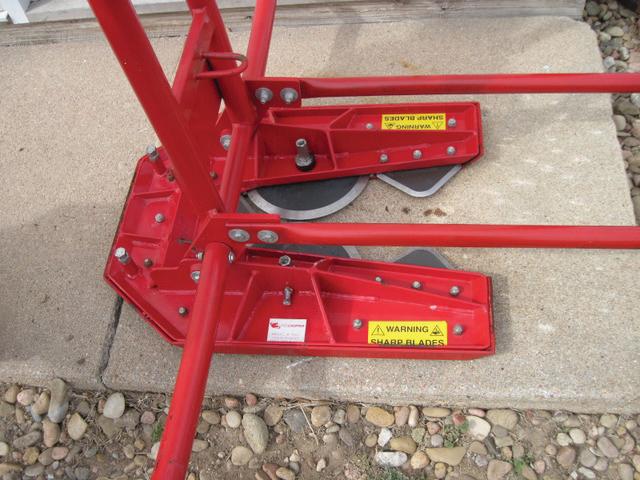
So, simply put, it’s two blades that sit opposite each other on a metal frame that attaches to the front of your ATV. As you “drive through” the tree, the blades rotate and cut the tree. “Ideally you want to be going the same speed out the other side of the tree as when you went in.” “Hang on...” I said as my brain was catching up (this did go by rather quickly). “So there’s no motor or hydraulics powering the blades?”, I asked. “Correct, and do you know the problem with that? It was too simple. Things that are too simple are difficult to sell” he went on to say. But he did sell them, and a lot of them, all over the US. The only place he couldn’t cut was after Mt. St Helens erupted in Washington. “The blades didn’t work in a foot of ash. That’s the only place in the US that I couldn’t cut” he says. Then it was during one of the trade shows selling the Tree Chopper that he had seen someone selling a rubber mat that conducted electricity. That inspired his next invention. He basically had that concept and formed into a bumper guard for the front of his ATV. Imagine an electric fence on the front bumper. Cattle would bump into it, but they will only do that once. Unfortunately, the bumper didn’t sell as well as the tree chopper. But the good news here is that he has a few bumpers left. I suggested he offer them as a bonus for when you buy a bull at his upcoming sale - this April 2nd.
SPRINGLAKE ANGUS CENTER
Teal spent the majority of her childhood around their present location of Lynch. She attended a little country school that had 3 other girls, and of course they’re still friends to this day. Gene took some lessons from his previous water slide in Stanton, and built a far less dangerous one for Teal. Then
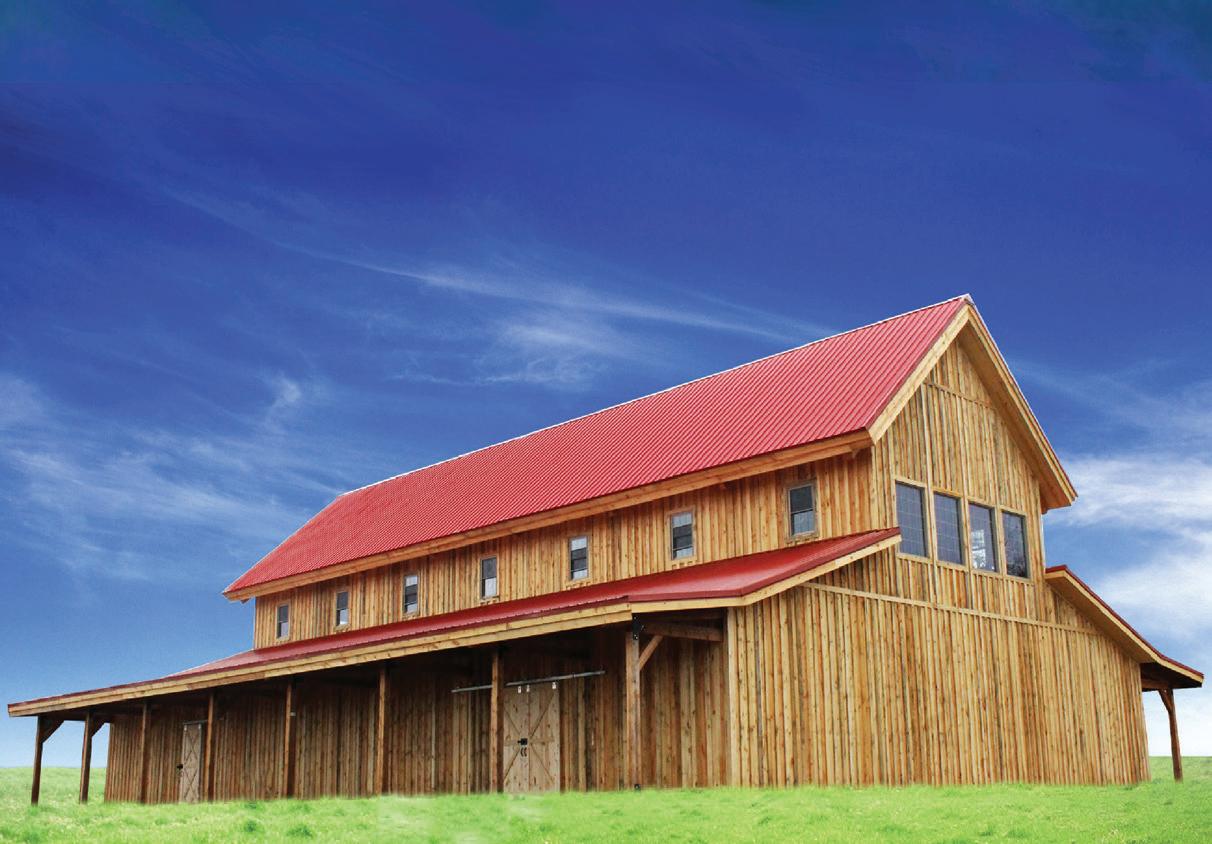
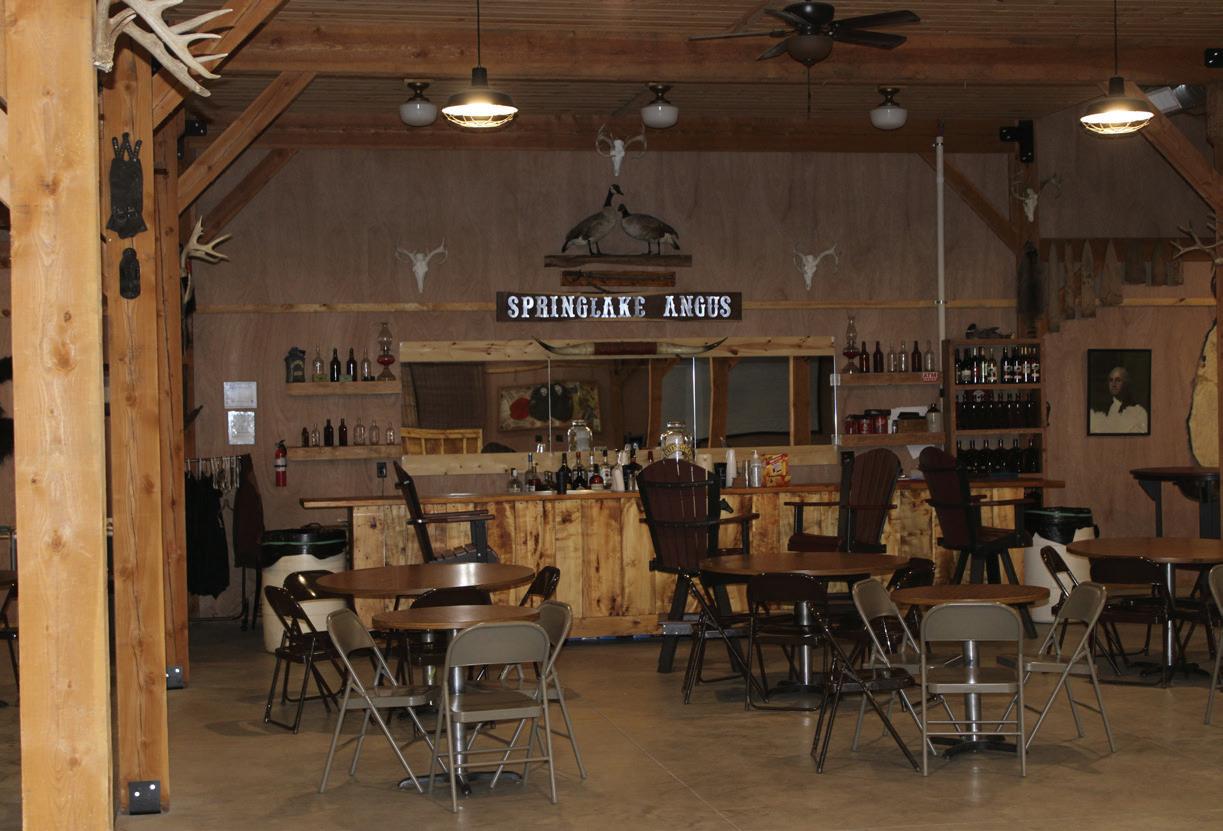
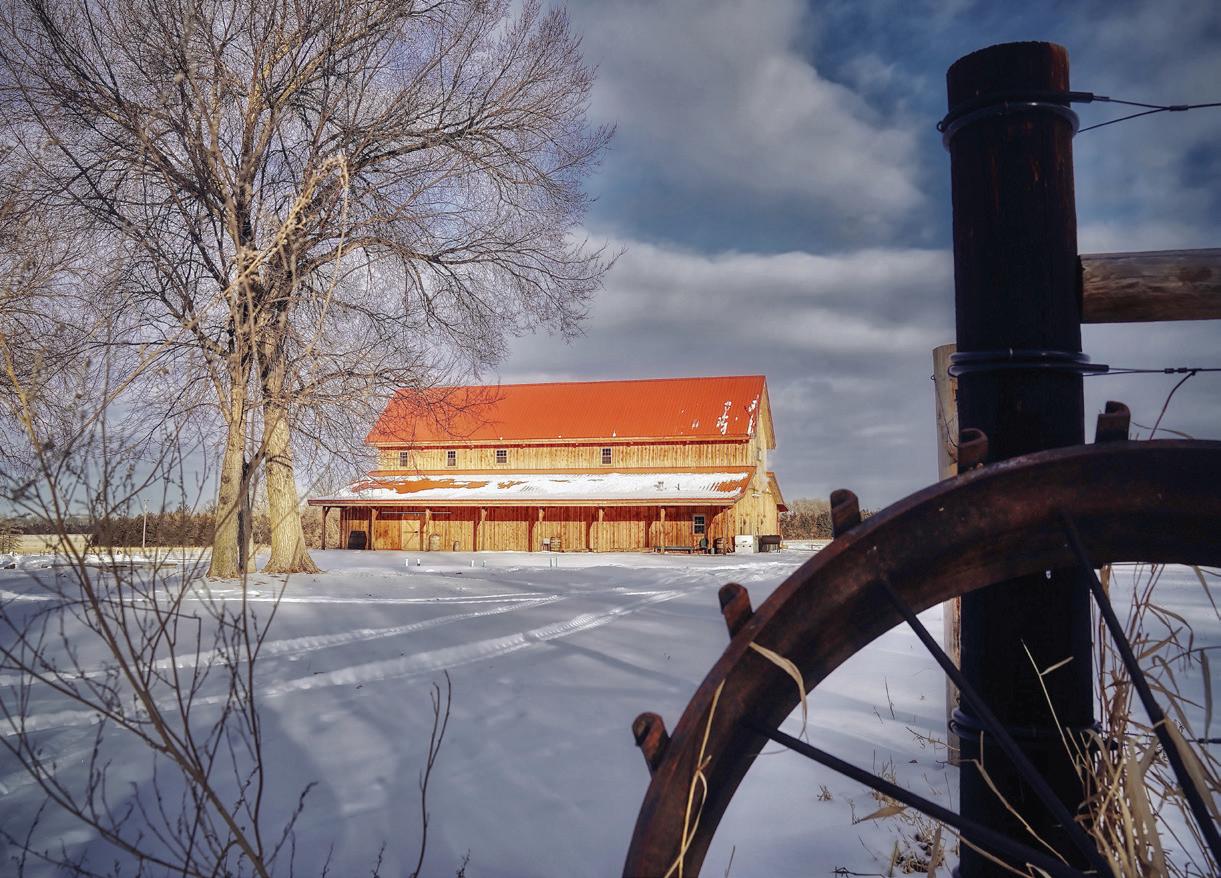
he also added some huge bonfires that made for some great party memories for her. After graduating from Lynch public schools, she attended Hastings college. Gene & Kelcey insisted that if she’s going to college, and then plans on coming back to the ranch, she needed to be invested in something that would benefit the ranch. Teal, like her father, wouldn’t fall into the stereotype of what you would expect. She thought a bit about becoming a vet, but then realized it wasn’t a good fit. So she started as a web designer, but the artist within lost interest in the web coding. So she ended earning a degree in studio art with an emphasis in web design, while also taking some photography classes. But, as she explained, they weren’t really teaching anything for livestock photography, so that was all selftaught. Today, she is responsible for the SpringLake Angus website, the ad designs, and all of the social media for SLA and SpringLake Angus Center. She’s also the operations manager of the center as well as one of its main bartenders. Basically, nothing happens at SpringLake Angus Center without going through Teal.
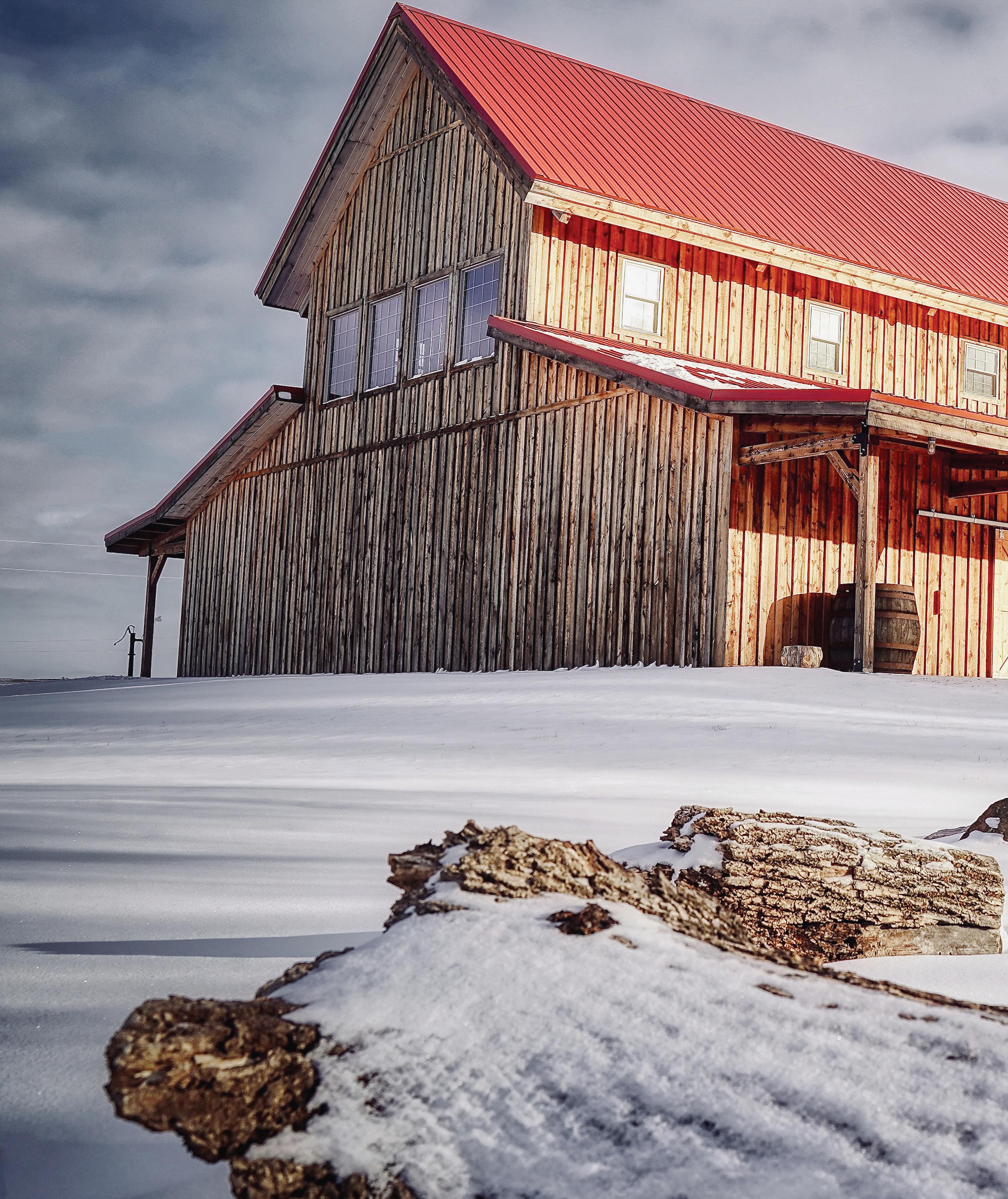
SpringLake Angus Center got its start as a sales barn. It was out of a necessity to bring the people to the cattle, rather than the cattle to the people. After several years spent at the local sale barn for their annual sale, Gene states “the people there were really good to us, but they didn’t have anywhere to wash the cattle and we lost a few animals during transport back and forth”. That plus the commissions, of course, was what led them to break ground on their own facility in June of 2016. That process is pretty well documented on their facebook page and they hosted their first sale there the following April. The 4,700 sq ft facility is capable of hosting sales & other events with a capacity of 275 – 300 people. It’s temperature controlled, has a fully operational kitchen, an 18 ft bar, a large outdoor grill, selective lighting, surround sound, 2 projectors each with a 103” screen and a 60” monitor above the auction block.
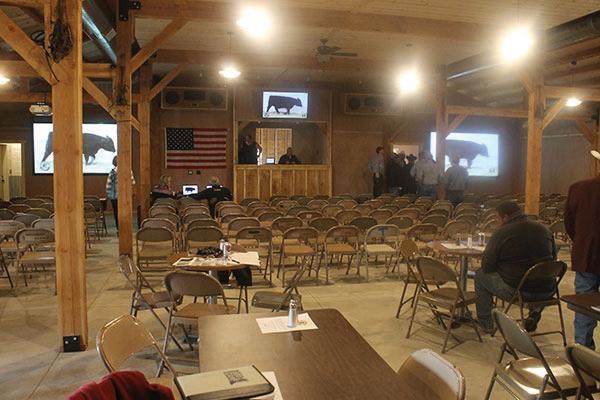
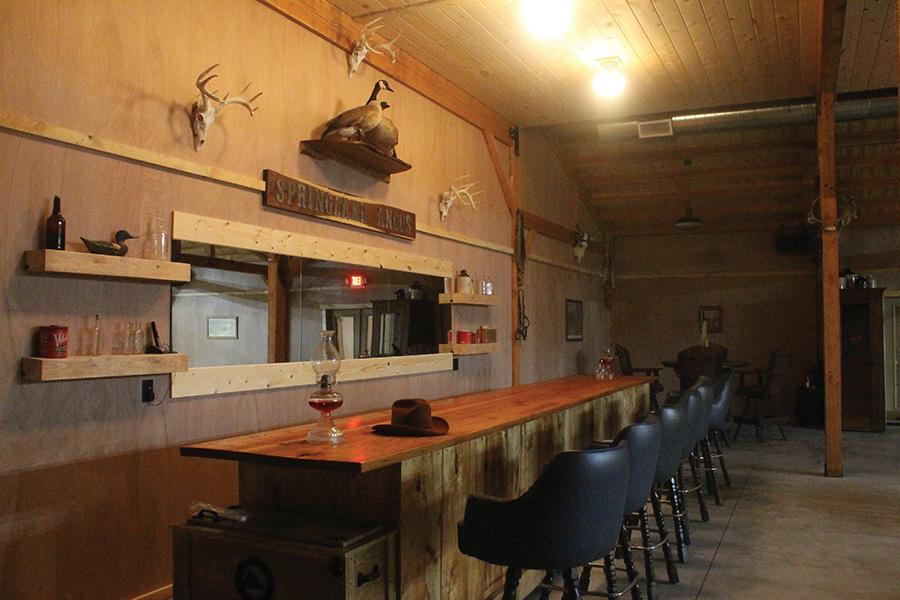
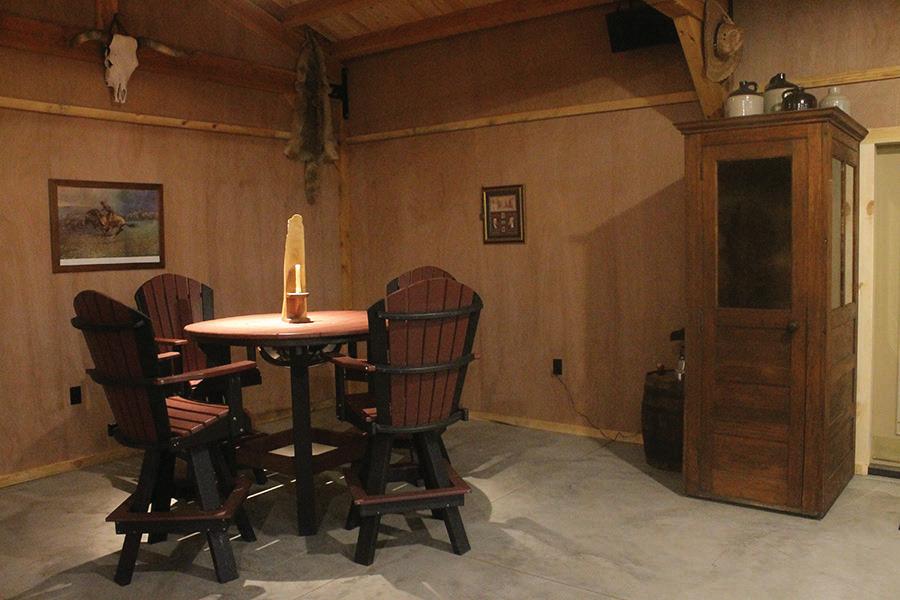
There are 6 speakers that line the sides of the hall that allow auctioneers or pastors to be heard without having to strain to get their voices for the back of the room. The two speakers at the front of house are recycled from the PA system that Redeye used. This post and beam construction also houses a separate office, mud room, restrooms, and eventually upstairs will be a living quarters. The layout of its interior was fully designed with what Gene had learned playing in the most memorable halls as a traveling musician. His design allows activities to be going on “behind the scenes” that are unnoticeable to the guests. The building also reflects his philosophy on his cattle: bring in the old design, that has been built to last, but with some updated technology included. It was easy to accommodate the facility for other uses as well. Cattle sales and weddings have similar aspects to them of course, with a minister replacing the spot of an auctioneer, and guests replacing the bidders. There are also pens directly outside the door that can accommodate bulls or rowdy groomsmen. Once your inside however, it resembles more of a western museum than a sales barn. When you visit, ask some questions, because the interior reads more like a family history rather than a museum. There’s a story attached to every item, items that are too plentiful to mention. There’s an antique phone booth, a WWII box dedicated to Delbert, a cooler taken from Gene’s original schoolhouse, a few lights from a nearby schoolhouse, and many pieces of artwork that are handmade, or commissioned by Teal herself, who also had a hand in the interior’s design. The recent trend of closing public gathering spots have really opened up places like this to thrive in the current environment. With so many offerings being minimized, (or shut down altogether) this has allowed smaller competition for housing functions of gatherings to really thrive. They started taking public reservations of SpringLake Angus Center on April 1, 2017. They’ve been host to weddings, celebration
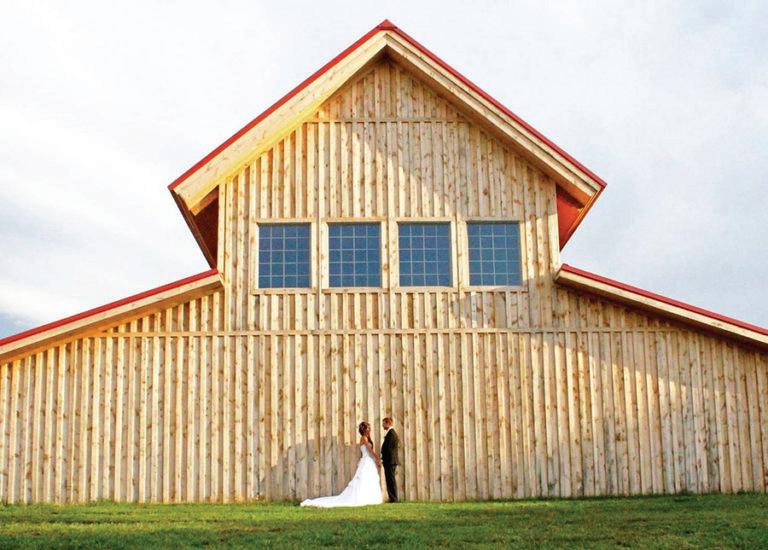
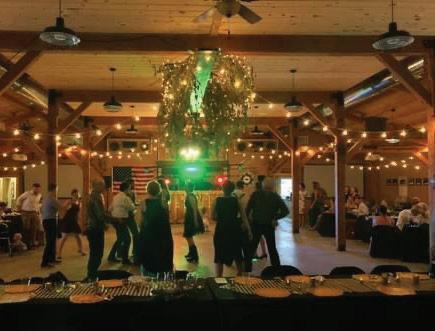
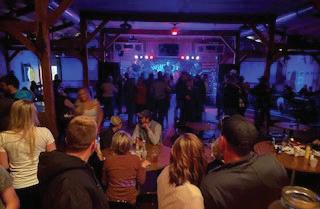
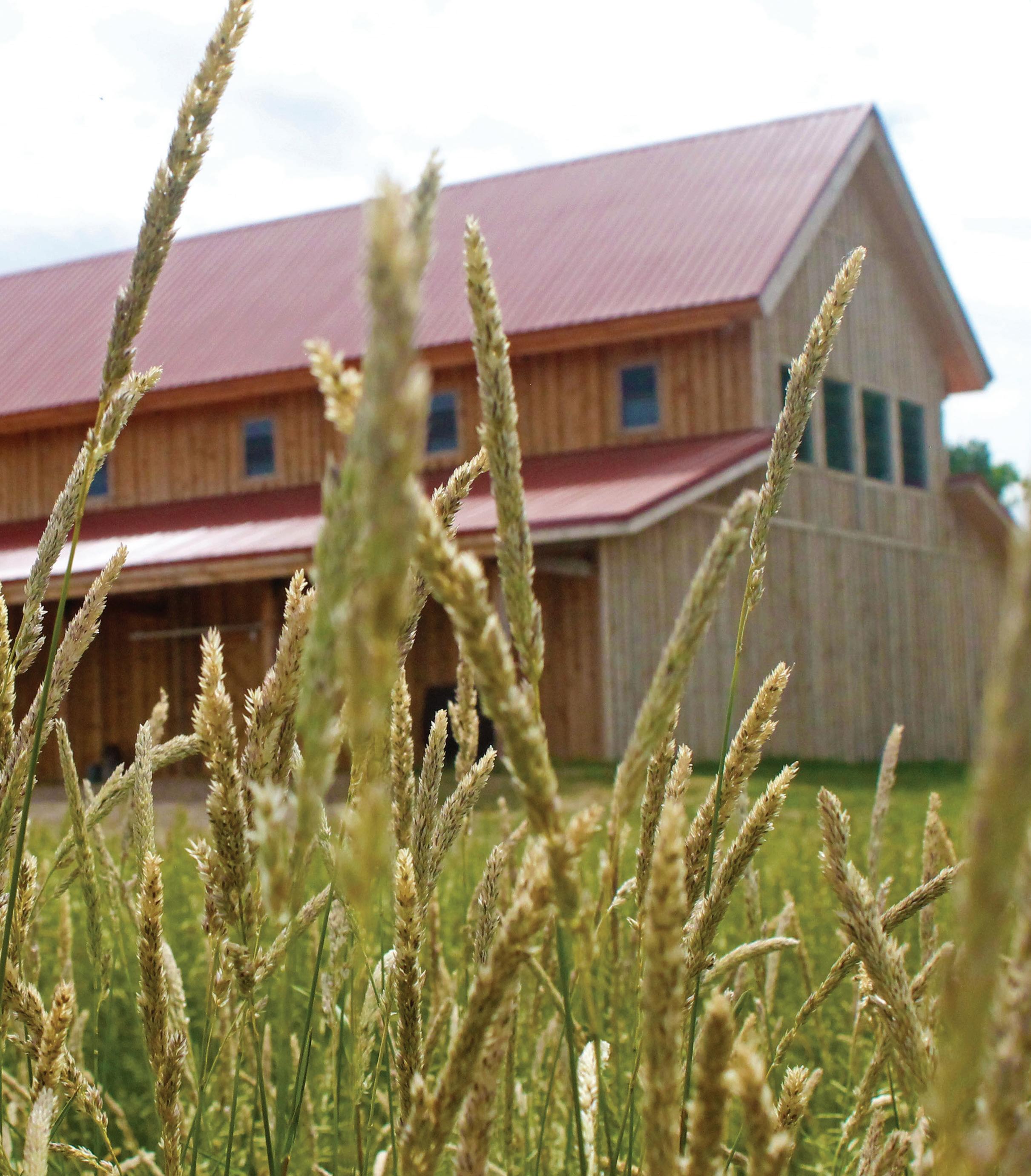
of life events, game nights, craft fairs, watch parties for Husker football and the like. They even host an annual NYE Barn Dance. It was a few of these gatherings that got them noticed by one of their business neighbors. That eventually brought the state patrol, who concluded that they couldn’t have liquor in their building at all for anything – including their own sale. This led them to being required to get a liquor license – which no one fully expected them to get. A blessing in disguise? Yes. They succeeded in that process just last year, and started hosting some local bands on Saturday nights. Then things grew to include Fridays and game day on certain Sundays too. In fact, their calendar is quite full. All of this, in an odd way, brought Gene back to his musical roots so to speak. In fact, he’s played with numerous bands at his club. When drummers are out or unable to perform, he offers up his services. He’s actually played more in the last year, than he had in the previous 19 since he “retired”. SpringLake Angus Center is aptly named, as it’s become the central gathering spot in the area, a place for us to meet, let our hair down, and have some fun. They just hosted a Valentine’s day party that brought them into a partnership with some neighboring businesses as well; Holt County Grill provided the food and the cooks, and Handlebend Tap (both out of O’Neill) supplied their own brand of specialty drinks and Nebraska Micro Brews. In addition, this June they are booked to be the dinner & final stop for the Nebraska Grazing Lands coalition’s summer tour. Last year’s sale catalog really sums up what SpringLake Angus is all about: They have tried to stay true to the Angus breed while looking at the overall picture instead of focusing on one trait within the breeding. They breed for the table, because they think the final product is the most important. The fast gain in feed, % hung and Prime plus the one thing nobody talks about: Taste.
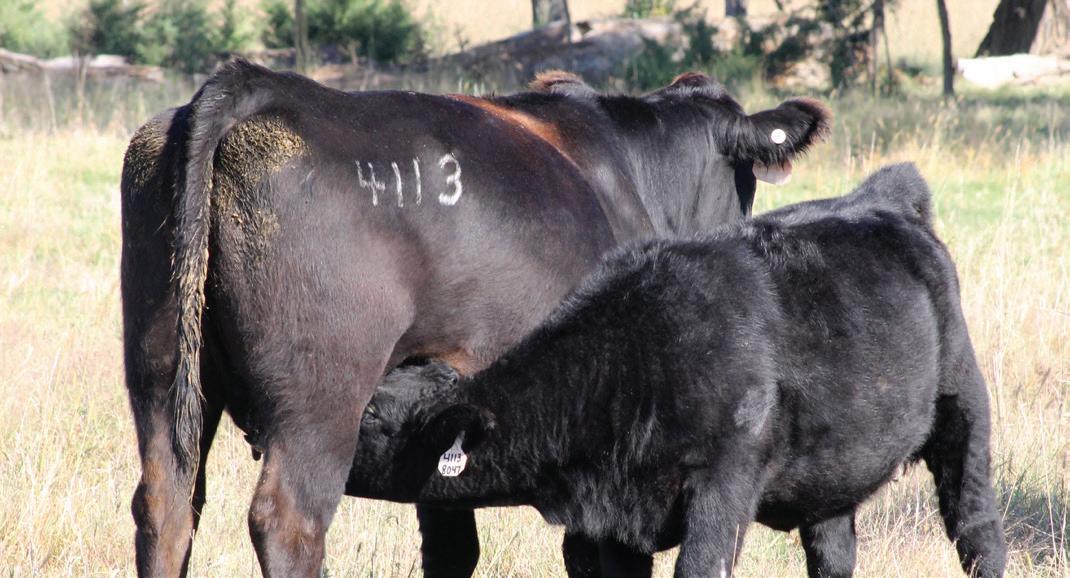
SpringLake Angus has been selling directly to consumers for years. Their customers tell them that their kids won’t eat hamburger unless it comes from SpringLake Angus. Store bought beef just doesn’t compare to what they get from Timperley’s. SPRINGLAKE ANGUS: 100% Prime and Choice 23.7% Prime 76.3% Choice NATIONAL AVERAGE: 51% Prime and Choice 49% Select
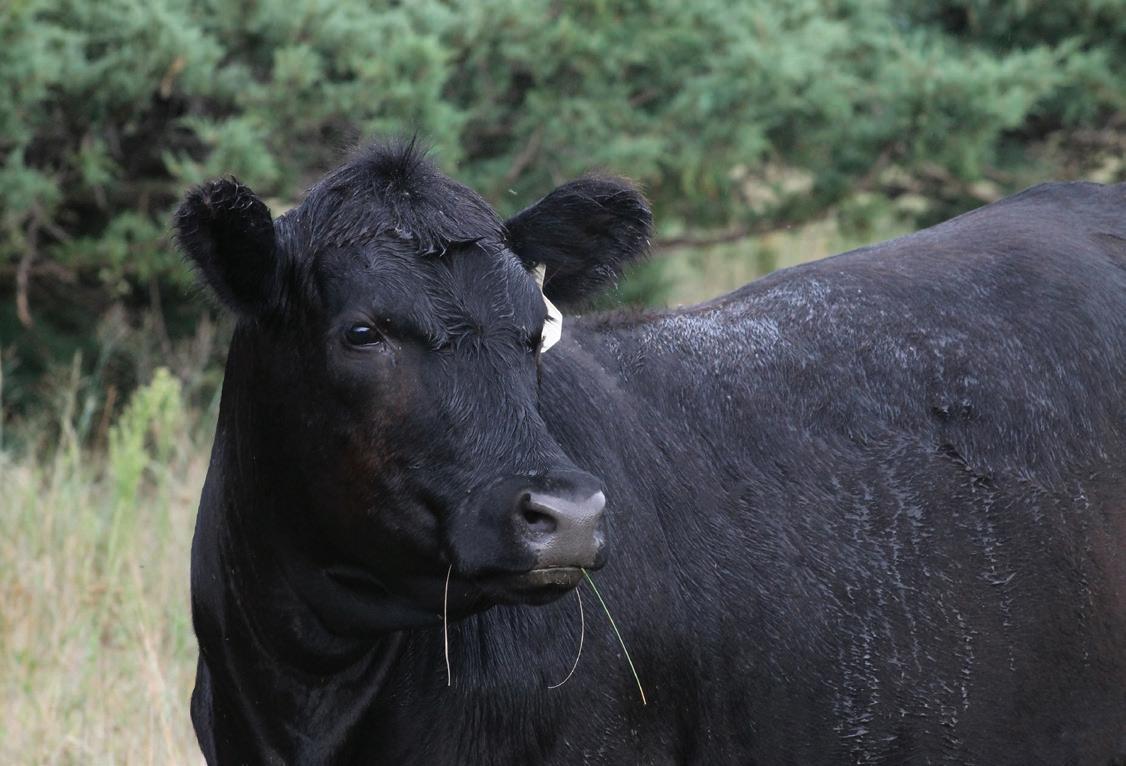
BULL SALE DAY - April 2
Come out on sale day - Kodi comes from McCook, takes over the kitchen and provides all the meals for the sale every year. Kiel returns often from Denver to help out at many of the larger events or whenever he’s needed. Teal will surely be there taking pictures and/or serving drinks. Kelcey will be around to help you with any sale questions. Of course all of them, especially Gene, will be there to make sure you’re having a good time. SpringLake Angus Center was the real inspiration of this story for me. In fact, at the beginning it was going to be the entire focus. But as you can tell there’s so much more to SpringLake Angus and the Timperleys. To find out more, check out both the cattle and the Center (aka sale barn) on April 2nd in Lynch, NE.




